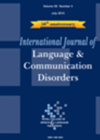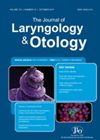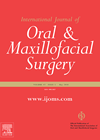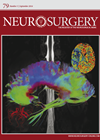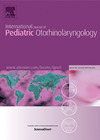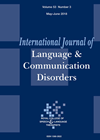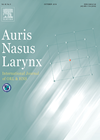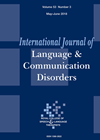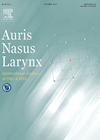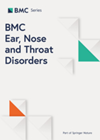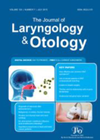
Journal Reviews
Quality of life measurement tools in children with speech and language difficulties
The authors of this paper reviewed various quality of life measurement tools which are used to assess the effects of speech and language difficulties in children and adolescents. Measuring quality of life outcomes in children with these difficulties is not...
An office procedure to close small tympanic membrane perforations
Various methods have been described for closure of small tympanic membrane perforations, ranging from paper patching to use of fibrin glue. The procedure needs to be non-invasive and cost effective. Use of Terdermis to close perforations of all sizes has...
Bad splits
This is a meta-analysis of reported risk factors of a ‘bad split’ in a sagittal split mandibular osteotomy. They identified 30 observational articles and therefore acknowledged it is based on low quality studies. It is compounded by the definition of...
Preserving hearing in NF2 patients
Neurofibromatosis type 2 (NF2) is known to result in bilateral hearing loss, even when there is no significant tumour growth. The cause is postulated to be multifactorial: stretching and compression of the cochlear nerve by the tumour, impairment of labyrinthine...
Antiseptics to combat otorrhea in the era of antibiotic resistance
This nice scientific paper pits various antiseptic solutions against each other to determine which has the most bactericidal properties. Five different antiseptics were applied to MRSA and quinolone-resistant pseudomonas species, which are both difficult to treat with conventional ototoxic medications....
Literacy and communication skills of young offenders
This article elucidates the perceptions and experiences of young offenders about their own literacy and communication skills. Young offenders (YOs) are usually between the age of 14 and 16. It is estimated that more than 60% of these offenders have...
Impaired music perception in children with specific language impairment
This study compares musical skills of children with typical language development with those of children with specific language impairment. Both groups received a test consisting of a melody and a song identification along with a test battery to assess receptive...
Robot controlled mastoid surgery!
This is a fascinating piece of work by a Korean team developing a human-robot collaborative control. Their model uses image guidance surgery to locate the drill tip’s position. Important structures can be highlighted – in this case the facial nerve....
Working with clients of communication disorders from culturally and linguistically diverse populations
Speech language therapists (SLTs) deliver evidence based services worldwide for communication disorders to culturally and linguistically diverse (CLD) populations. They have to modify their approaches and tailor them to the needs of their students / patients. This article studies the...
Prognostic factors for myringoplasty
This retrospective study looked at the factors that were associated with a higher success rate for tympanic membrane perforation closure. The authors looked at 247 procedures. They compared the results of temporalis fascia versus tragal cartilage. The cartilage grafts had...
Assessment of the incidence of LPR in the Greek population using the Reflux Symptom Index
Using the self-administered nine-item Belafsky Reflux Symptom Index (RSI) questionnaire, the authors of this article assessed the prevalence of laryngopharyngeal reflux (LPR) in the general adult Greek population as well as predisposing and associated factors for developing LPR. They found...
Influence of atmospheric conditions on post tonsillectomy secondary haemorrhage
Haemostasis in epistaxis and a good few other conditions outside the field of otolaryngology seem to be affected by the weather. It is generally thought that dry and hot environment encourages secondary post tonsillectomy haemorrhage. Variations in water vapour pressure,...

